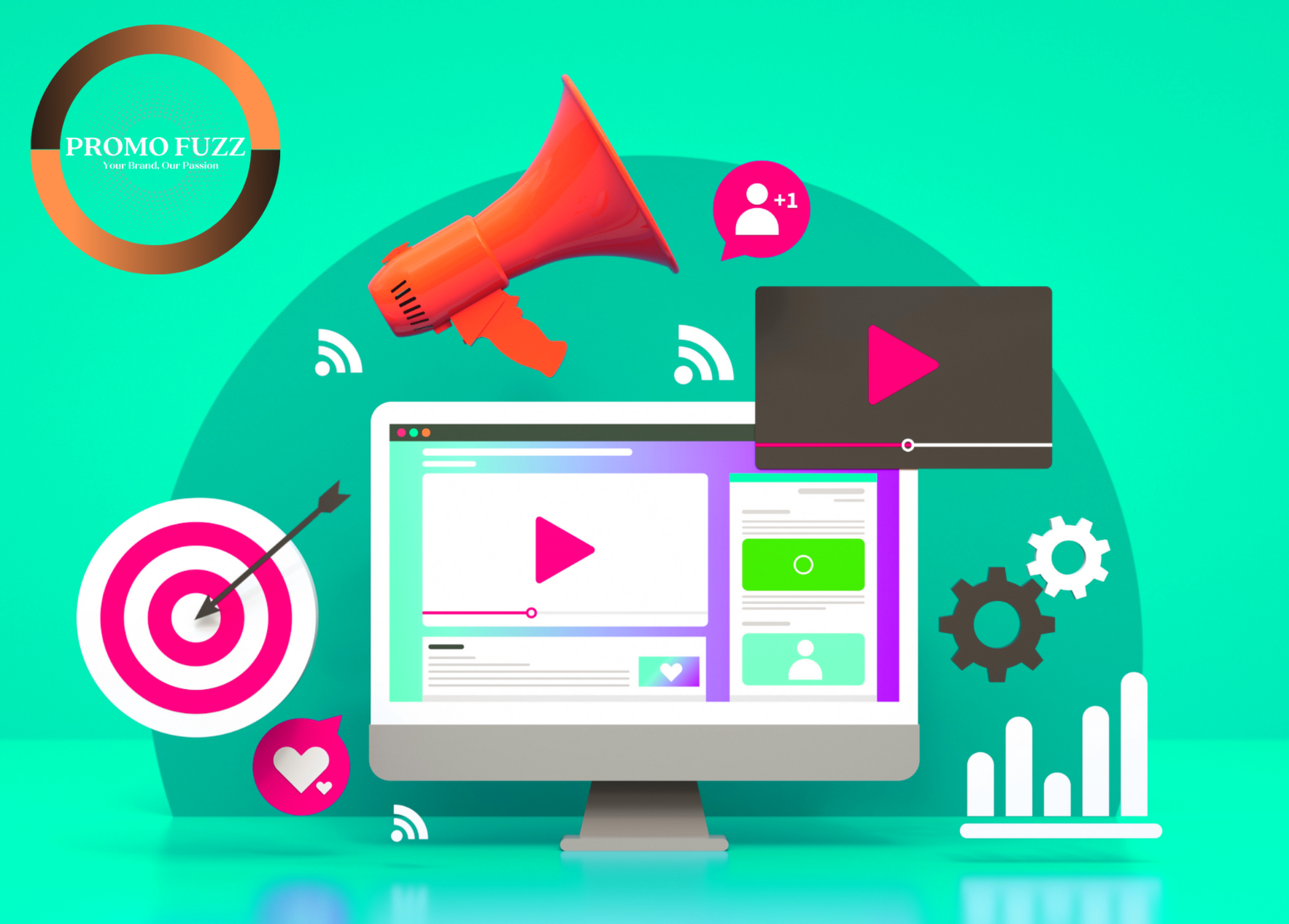How to Adapt Your Digital Marketing Strategy Based on Consumer Behavior
Consumer behaviors have changed post-pandemic, with more people working from home, shopping online, and using streaming services. As the world continues to change at a rapid pace, it’s important to stay abreast of consumer behavior trends and how they might impact your business.
By understanding these shifts, you can adapt your digital marketing strategy to better reach and engage your target audience.
Here are a few ways to adapt your digital marketing strategy based on these new consumer behaviors:
There are a number of ways to collect data on consumer behavior. Social media platforms like Facebook and Twitter offer insights through their analytics tools, and there are also a number of third-party research firms that conduct regular surveys on consumer behavior. Keep an eye on these changes and adjust your digital marketing strategy accordingly to ensure you’re reaching your target audience where they are most active.
What Are Consumer Behaviors?
When we talk about consumer behavior, we’re referring to the actions taken by individuals when they are making a purchase. Understanding consumer behavior is essential for businesses of all sizes, as it helps you determine how best to reach and market to your target audience.
Consumer behavior refers to the actions taken by individuals when they purchase and use products or services. This includes everything from the initial search for a product or service to the final purchase decision.
Consumer behavior can be influenced by a number of factors, including personal preferences, cultural influences, economic insecurities, and social cues.
Post-Pandemic Consumer Behaviors
The pandemic and changing economic climate have had a significant impact on consumer behavior. More people are working from home, which has led to an increase in the use of streaming services and online shopping.
Here are a few ways to adapt your digital marketing strategy based on these new consumer behaviors:
1. Increase your investment in SEO.
Search engine optimization should be a core component of any digital marketing strategy, but it’s even more important now as consumers are spending more time online researching products and services. Make sure your website is optimized for search engines and that your content includes relevant keywords.
2. Optimize your sales process
If you’re selling products or services online, it’s important to make sure your sales process is optimized for conversion. This means having a user-friendly website with clear product descriptions and easy-to-find contact information. You should also consider offering live chat or other customer support options to assist potential customers during their purchase journey.
Some tips for ensuring your sales process is easily navigated by customers:
3. Create more targeted content.
With more people working from home and spending time online, there’s an opportunity to reach them with targeted content that speaks to their needs and interests. Whether it’s blog posts, e-books, or webinars, make sure your content is relevant and useful to your target audience.
4. Increase your social media presence.
Social media should be a key part of your digital marketing strategy, and you should consider increasing your investment in this channel. Post engaging content, run ads, and use social media to drive traffic to your website. Social media marketing can be a great way to connect with potential customers and build relationships.
Social media platforms like Facebook, Twitter, and LinkedIn offer a wealth of data that can be used to understand consumer behavior.
5. Make your website is mobile-friendly.
With more people using their phones and tablets to browse the internet, it’s important to make sure your website is optimized for mobile devices. This means having a responsive design that looks good on all screen sizes and ensuring your content is easy to read and navigate on a smaller screen.
If you’re unsure how to adapt your digital marketing strategy for the post-pandemic world, contact a digital marketing agency for help. Agencies like PromoFuzz can assess your current strategy and make recommendations for how to improve your online presence and reach more potential customers.














Jaime
July 17, 2022Wow, this piece of writing is pleasant, my
sister is analyzing these things, so I am going to inform her.
Adam
July 18, 2022Thank you for your comment! 🙂
Stay Tuned for more: Learning With Promo Fuzz !
Heath Bason
July 22, 2022What a information of un-ambiguity and preserveness
of valuable knowledge about unpredicted emotions.
Felica
July 28, 2022Very good article. I am experiencing some of these issues as well..
Layla
July 29, 2022each time i used to read smaller articles
or reviews that also clear their motive, and that is also
happening with this paragraph which I am reading at this place.
Tia
July 29, 2022It’s actually a great and helpful piece of info. I am happy that you
shared this helpful information with us. Please keep us informed like this.
Thank you for sharing.
De Angel
August 1, 2022I have read so many articles concerning the blogger lovers except this article is truly a good article, keep it up.
Mark
September 12, 2022Thanks for your blog, nice to read. Do not stop.
Adam
September 12, 2022Hi Mark,
Thank you for your comment! Content will be updated regularly!
Best Regards, Adam from Promo Fuzz.